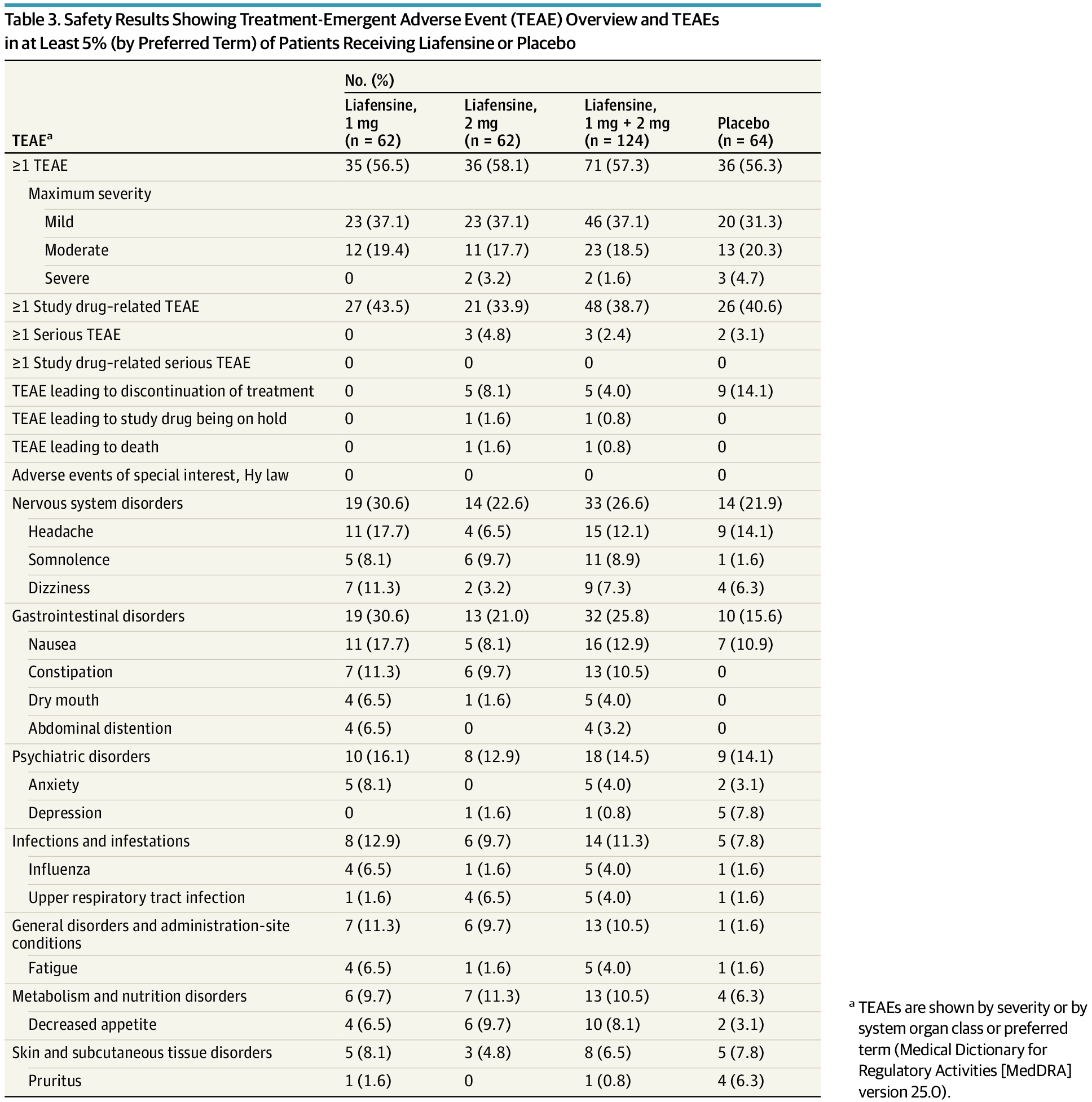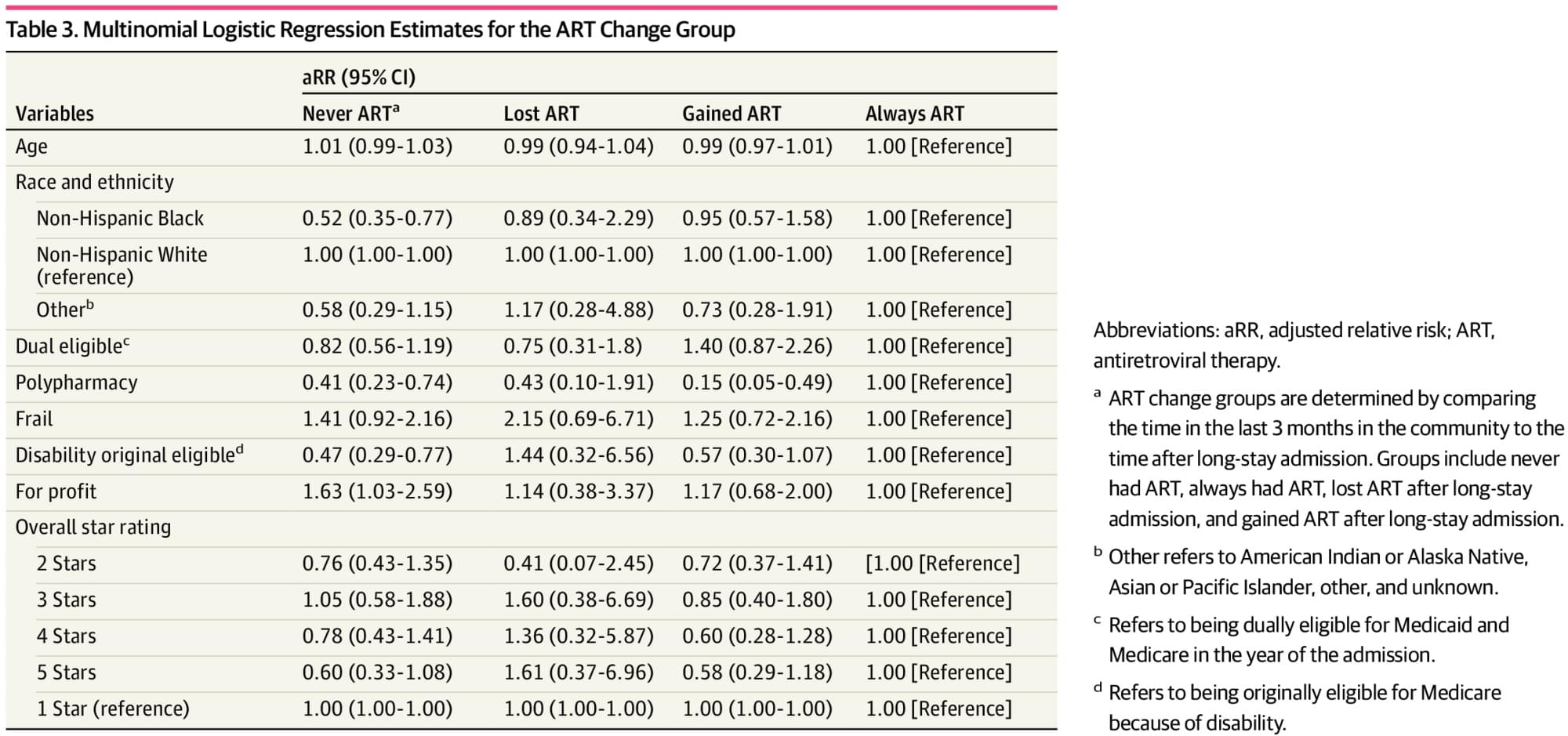CISA warns that attackers are actively exploiting the React2Shell CVE-2025–55182 flaw, urging fast patching across vulnerable systems.








The hyperactivation of the sympathetic nervous system (SNS) is linked to obesity, hypertension, and type 2 diabetes, which are characterized by elevated norepinephrine (NE) levels. Previous research has shown increased sodium-dependent glucose cotransporter 1 (SGLT1) protein levels in kidneys of hypertensive rodents, prompting investigation into the expression of SGLT1 in various tissues, such as skeletal muscle. This study aimed to assess (i) whether skeletal muscle cells and tissue express SGLT1 and SGLT2 proteins; (ii) if NE increases SGLT1 levels in skeletal muscle cells, and (iii) whether the skeletal muscle of neurogenically hypertensive mice exhibits increased SGLT1 expression. We found that (i) skeletal muscle cells and tissue are a novel source of the SGLT2 protein and that (ii) NE significantly elevated SGLT1 levels in skeletal muscle cells. As SGLT2 inhibition (SGLT2i) with Empagliflozin increased SGLT1 levels, in vivo studies with the dual inhibitor SGLT1/2i, Sotagliflozin were warranted. The treatment of neurogenically hypertensive mice using Sotagliflozin significantly reduced blood pressure. Our findings suggest that SNS activity upregulates the therapeutic target, SGLT1, in skeletal muscle, potentially worsening cardiometabolic control. As clinical trial data suggest cardiorenal benefits from SGLT2i, future studies should aim to utilize SGLT1i by itself, which may offer a therapeutic strategy for conditions with heightened SNS activity, such as hypertension, diabetes, and obesity.

This case-control study found that adults with schizophrenia had significantly greater frontal cortex serotonin release than healthy controls, and greater release correlated with more severe negative symptoms.
Question Is serotonin release altered in vivo in schizophrenia, and is it associated with negative symptom severity?
Findings In this case-control neuroimaging study that included 54 adults, frontal cortex serotonin release was significantly greater in the 26 people with DSM-5 schizophrenia compared with 28 matched healthy controls. In schizophrenia, greater frontal cortex serotonin release was associated with more severe baseline negative symptoms.
Meaning Findings suggest that serotonergic dysfunction in the pathophysiology of schizophrenia was associated with negative symptoms, identifying the regulation of serotonergic neurotransmission as a potential target to treat negative symptoms.

Liafensine was efficacious and well tolerated in ANK3-positive patients with treatment-resistant depression, with clinically meaningful and statistically significant improvements over placebo, highlighting ANK3 as a predictive genetic biomarker for liafensine.
Question Does the newly discovered ANK3 pharmacogenomic biomarker predict the response of patients with treatment-resistant depression (TRD) to liafensine, a triple reuptake inhibitor, despite failure in a non–biomarker-selected TRD patient population in prior phase 2b trials?
Findings In this randomized clinical trial including 189 ANK3-positive patients with TRD, liafensine demonstrated a 4.4-point Montgomery-Åsberg Depression Rating Scale improvement over placebo, a clinically meaningful and statistically significant difference.
Meaning This represents a first successful genetic biomarker-guided clinical trial in psychiatry, advancing a new treatment for TRD and providing a new path for developing precision medicines in the field.

Access to antiretroviral therapy (ART) appears to improve when Medicare beneficiaries with HIV transition to long-term nursing homes, but nursing homes miss opportunities for initiation, as most stays without ART never had ART before admission.
This cohort study aimed to understand changes in ART use for Medicare beneficiaries with HIV transitioning from the community to long NH stays. We found that among a group with a mean age of 61 years, ART use seemed to improve after the transition, that there was no ART use before or after the transition for nearly one-quarter of our sample, and that comorbidities and frailty had no association with ART changes. These findings are contrary to our hypothesis that posited lower ART use after the transition and that lower NH quality rating would be associated with even lower ART use. These findings are critically important to our understanding of NH care for people with HIV because they dispel select concerns that the transition to long-stay NH resident and the transition from Medicare Part A to Part D medication benefits are opportunities for reduced ART use.
Few NHs have experience caring for people with HIV, with many seeing only 1 or 2 individuals in a 3-year span.9 Experience with HIV care correlates with better health outcomes in both the NH setting and the outpatient setting.8 Many community-based studies have found that better adherence to ART is associated with older age,29, 30 and 1 study of NH residents with HIV showed that longer duration of an NH stay was associated with better ART adherence,13 although that same study found that 21% of people with HIV in NHs had no ART. Without following people from the outpatient or community setting into the NH setting, these previous studies were limited in their generalizability because of selection bias; they examined only people with HIV using outpatient services, or only people with HIV using NHs.